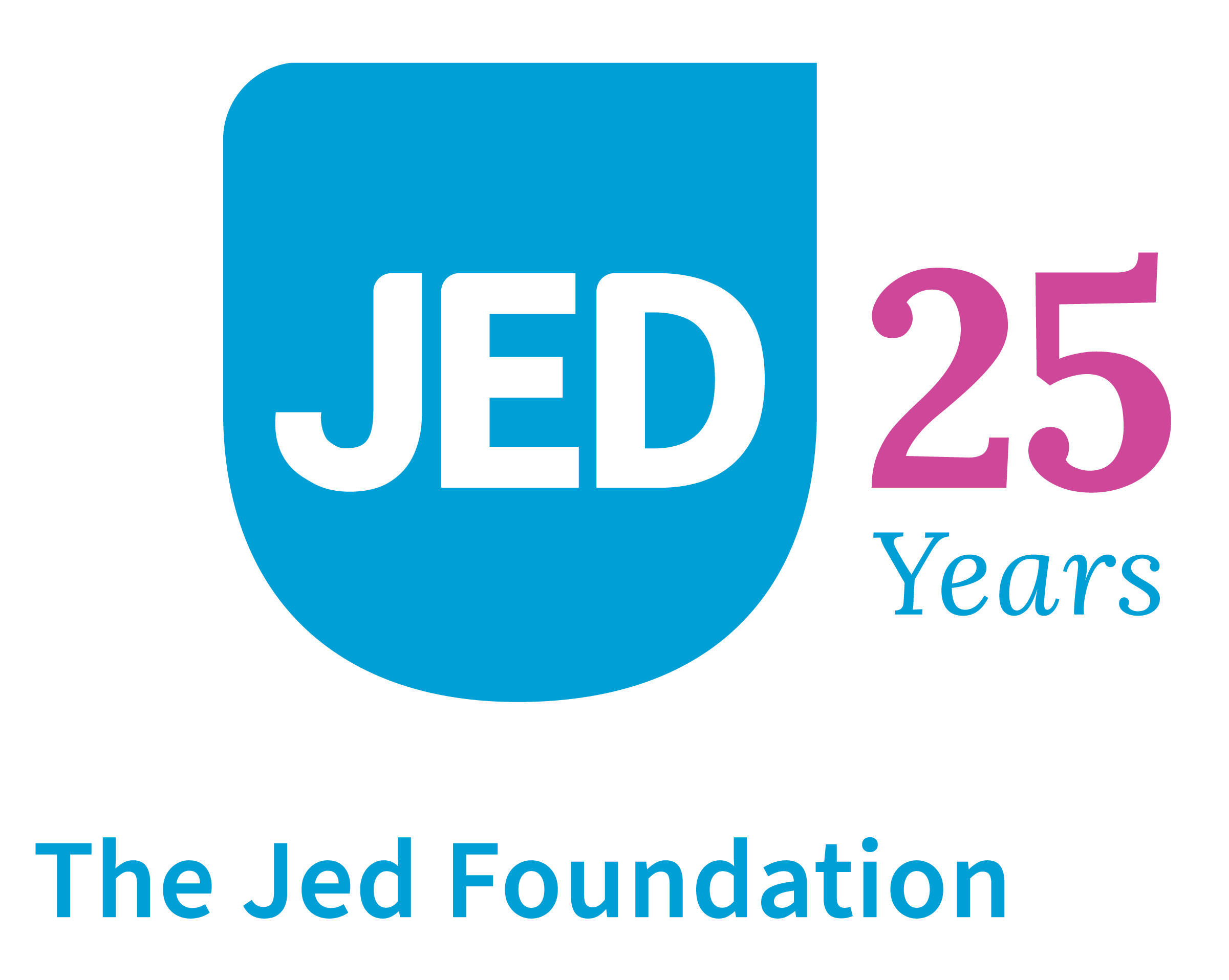Suicide in the LGBTQIA+ Community: What You Need to Know

By Amber Leventry
The topic may feel scary or shameful, but it’s common to have thoughts about suicide.
The rates of suicidal thoughts and attempts among LGBTQIA+ teens and young adults are higher than for their straight and cisgender peers. LGBTQIA+ youth are four times more likely than their straight peers to attempt suicide. Data is limited because identities are not always known, but it’s estimated that 45% of LGBTQIA+ youth have seriously considered suicide, and more than half of transgender and nonbinary youth have done the same.
If you’re in crisis and need immediate help, please call or text the crisis numbers below.
- Text HOME to 741-741 for a free, confidential conversation with a trained counselor any time of day.
- If you are experiencing a mental health crisis, text or call 988 or use the chat function at 988lifeline.org.
- Text START to 678-678 or call the Trevor Lifeline (866-488-7386). Folks at the Trevor Project are specifically trained to help LGBTQIA+ youth.
- If this is a medical emergency or if there is immediate danger of harm, call 911 and explain that you need support for a mental health crisis.
Why Rates of Suicide Are Higher for LGBTQIA+ Youth
It’s important to note that sexuality or gender identity are not what place LGBTQIA+ youth at higher risk for suicidal thoughts or attempts. Stigma, lack of acceptance, and bullying are in part what cause queer youth to feel a sense of helplessness or loss of hope.
There’s nothing wrong with being queer, and there’s a lot of joy, resiliency, and pride in the LGBTQIA+ community. You are not the problem. The problem is society and people who don’t celebrate these qualities.
When people—yourself included—have suicidal thoughts or behaviors, they may also be dealing with one or many of the following:
- Childhood trauma
- Mental health conditions
- Substance misuse
- Genetics
- Poor support systems
- Specific stressors or challenges
You have so many wonderful characteristics and interests, and your sexuality and gender are not the only factors that make you who you are. If you experience mistreatment because of your identity, however, it can make feelings of helplessness stronger.
LGBTQIA+ teens and adults of color are more likely to attempt suicide than queer youth who are white. Cultural aggressions, xenophobia, and racism add to the stress of also being queer, especially if that identity is not supported at home or school.
Other factors that may make you and other queer youth consider suicide are:
- Rejection by family or friends because of your identity
- Lack of affirming spaces at school or home
- Physical harm or bullying
- Conversion therapy or rejection from your religious community
Learn ways to take care of yourself when your identity is not supported
It makes sense to struggle when you experience any or all of those, but you deserve to be accepted and loved unconditionally. You are not alone, and help is available. There are places that are both safe and affirming, and there are people who understand you and who are ready to help.
Ways to Reduce Suicide Risk and Where to Start
Suicide is often an impulsive act. It may feel like the only answer, but that’s far from the truth. It’s also not true that you’ll always feel bad. It’s important to talk to someone you trust and tell them about your thoughts of suicide. Telling someone will help you get the relief you need, and it will reduce the secrecy and shame you may be feeling.
If you aren’t out to anyone yet, it’s still important to reach out. You don’t need to come out to get help. Be honest with yourself and others if you feel unsafe. If you aren’t safe, call 988 or 911 and tell them you need mental health support.
If you are safe but you’re struggling with ongoing thoughts of suicide, there are several ways to reach out so you can regain your sense of belonging and joy.
- If you are not out but you have at least one supportive person you trust, know that your mental health will benefit if you are able to come out to them.
- Finding at least one supportive person who celebrates your queerness reduces your feelings of hopelessness and improves your self-esteem. The person can be a teacher, coach, family member, or friend.
- Reach out to a medical professional or therapist. There are several places to find both queer-affirming therapists and alternatives to therapy.
- Finding community and friends within the queer community gives you a layer of support and confidence. Online peer groups and chat spaces, such as Q Chat Space and TrevorSpace, allow you to meet and talk with other LGBTQIA+ youth.
- Attending a group at your local Pride Center or your school’s Gender and Sexualities Alliance (GSA) also puts you in contact with people who can support you and get the help you need.
If you identify as LGBTQIA+, it’s OK to admit that it’s hard to deal with negative news cycles, unsupportive family members, or learning environments that are not affirming. There are people, however, who can help make those feelings manageable. There are so many adults who care about you and want to support you.
If you’re having thoughts of suicide or you’re self-injuring, help is available. You deserve to feel better. It’s an incredibly brave act to reach out for help. The statistics can be overwhelming, and they may add to your sense of hopelessness, but suicide does not need to be your story or reality. Kick shame out of the way and ask for help.
You are stronger than you give yourself credit for, and you deserve to feel all the pride of being part of the LGBTQIA+ community. Your story may have rain, but it has so many more rainbows.






